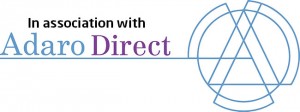April produced positive results with increases in all our key performance measures over last month. With the exception of single vision and bi/trifocal lens sales volumes and turnover per eye examination they are also higher than the same month last year. To complete the positive news annual growth, which compares the last 12 months with the 12 months before, is marginally positive for all our key performance measures apart from sales volume of single vision and bi/trifocal lenses.
Total practice turnover increased by just over 4 per cent to 180 Index points from last month, which is 6 per cent higher than last April and is the highest Index value since the sample changed, at the start of 2013, to only include independent practices. Turnover per eye examination is slightly higher this month at £174, which is just under £3 lower than April 2014.
Register now to continue reading
Thank you for visiting Optician Online. Register now to access up to 10 news and opinion articles a month.
Register
Already have an account? Sign in here

